Rare Rides: A Suzuki SC100, Delightfully Tiny

Rear-engine, rear-drive cars are few and far between, limited mostly to excellent things like the Porsche 911, and terrible things like the VW Karmann Ghia and Chevrolet Corvair. But there’s another car with an “RR” configuration that’s a bit more obscure. Presenting the Suzuki SC100.
Suzuki fielded the very first kei-class car in the Japanese market when it hit the ground running in 1955. Though most kei cars emphasized efficiency and useful packaging in their designs, one kei in particular went against the grain. The car in question was the Fronte Coupe, which Suzuki debuted in 1971. A tiny two-seater, the Fronte Coupe had the engine in the back, a small trunk up front, and a design by Giorgetto Giugiaro. Eventually two more seats were added, and the 36.5-horsepower 2+2 Fronte Coupe was sold alongside its more practical siblings in Japan and other selected markets.
The stylish Coupe version of the Fronte was discontinued in 1976. Japan’s government changed the legislation surrounding kei cars and required more safety and stricter emissions. The Fronte line continued on its own without a coupe as Suzuki unveiled a new nameplate: Cervo. The Cervo wore modernized styling immediately familiar to anyone who’d seen a Fronte Coupe previously. And that’s because it was the same car underneath. Suzuki added larger bumpers and a revised fascia to meet new legislation, but kept the rest of the body with few changes. In a nod to the practical, there was a new glass hatch to allow access to a small cargo area behind the rear seats.
The aforementioned emissions regulations did not assist the Cervo’s performance. Though the two-stroke engine’s displacement increased from 360 to 550 cc in the new model, horsepower sank to 27.6. And there were roughly 120 more pounds on board because of safety changes over the previous model.
Suzuki also sold the Cervo in other markets, where emissions and displacement were not of top concern. Early in 1978 the revised Cervo (now SC100) began arriving in Europe. Export cars received a much larger 970 cc engine with four cylinders instead of three. 46 horsepower traveled to the rear wheels via the four-speed manual transmission. European SC100s were identifiable via their large indicator lamps within the grille, flanked by square headlights rather than the domestic Cervo’s circular lamps. The rake of the windshield was also relaxed, which altered the door frames and side windows. Not a simple market rebadge there.
The unconventional Cervo lasted only through 1982, when Suzuki replaced it with a front-engine, front-drive hatchback version of its new generation Fronte. And it was this Cervo which later morphed into a pickup truck called Mighty Boy.
Today’s Rare Ride is located in Washington state, which is south of Vancouver. With rust bubbles here and there, a targa roof, and a spotless interior, it asks $5,900.
[Images: seller]

Interested in lots of cars and their various historical contexts. Started writing articles for TTAC in late 2016, when my first posts were QOTDs. From there I started a few new series like Rare Rides, Buy/Drive/Burn, Abandoned History, and most recently Rare Rides Icons. Operating from a home base in Cincinnati, Ohio, a relative auto journalist dead zone. Many of my articles are prompted by something I'll see on social media that sparks my interest and causes me to research. Finding articles and information from the early days of the internet and beyond that covers the little details lost to time: trim packages, color and wheel choices, interior fabrics. Beyond those, I'm fascinated by automotive industry experiments, both failures and successes. Lately I've taken an interest in AI, and generating "what if" type images for car models long dead. Reincarnating a modern Toyota Paseo, Lincoln Mark IX, or Isuzu Trooper through a text prompt is fun. Fun to post them on Twitter too, and watch people overreact. To that end, the social media I use most is Twitter, @CoreyLewis86. I also contribute pieces for Forbes Wheels and Forbes Home.
More by Corey Lewis
Latest Car Reviews
Read moreLatest Product Reviews
Read moreRecent Comments
- Redapple2 Dear lord ! That face. HARD NO.
- Urlik Let’s ban for all. Having that data anywhere leaves it open to the Chinese government potentially hacking systems to get the data.
- Redapple2 Gen 1 - 8/10 on cool scale.Gen 2 - 3/10.
- SCE to AUX "...to help bolster job growth and the local economy"An easy win for the politicians - the details won't matter.
- Kjhkjlhkjhkljh kljhjkhjklhkjh so now we will PAY them your tax money to build crappy cars in the states ..



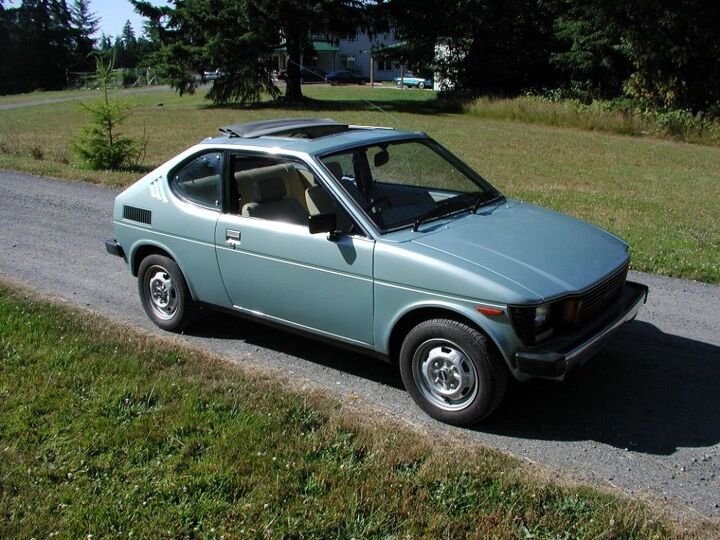





















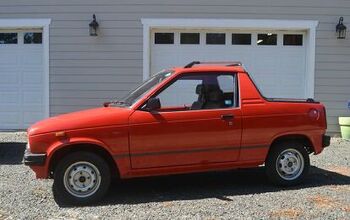

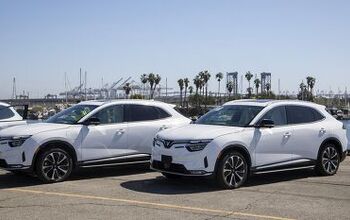
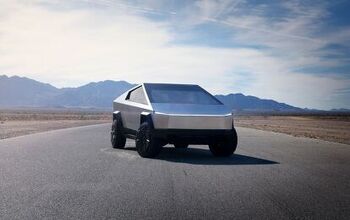

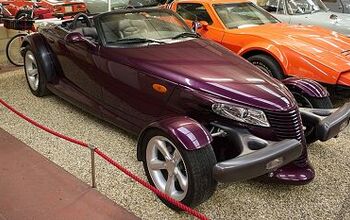
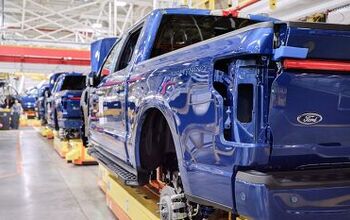
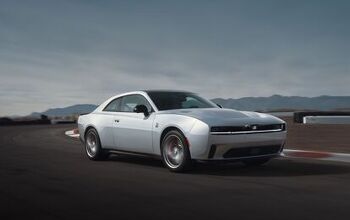

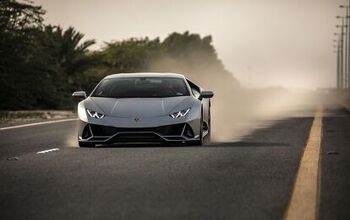
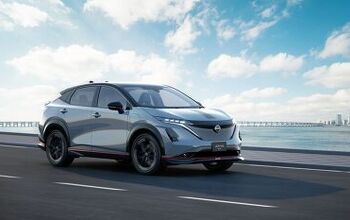

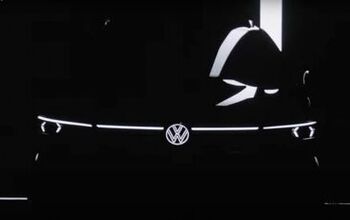
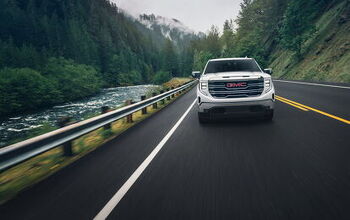
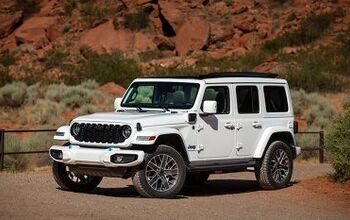
Comments
Join the conversation
I like the looks, with only 27.6 horsepower it is prolly slow even by my standards but I'd love to give it a go . -Nate
I actually Own one of these, an early production example. (Chassis #10027, Engine #10039. it is one of 40 examples imported to New Zealand, where I live, in 1978, and is a Rare Beast here, to the point that in the Five plus Years I have owned mine, I have physically laid eyes on one other, and seen pictures of a few other survivors, of which I estimate to be approximately Ten here in New Zealand, not all of which are "On The Road"? I am the fourth owner of my car, and it has a Genuine 72,600 Kilometers on the clock. I have recently rebuilt the motor, mostly because blew the water pump approximately Four Years ago, and has sat in my garage, under a cover until recently waiting to be repaired? I do not drive it much, other than on the occasional fine day, Vintage Car Club Run, and car shows, where it attracts a lot of positive comments and attention?